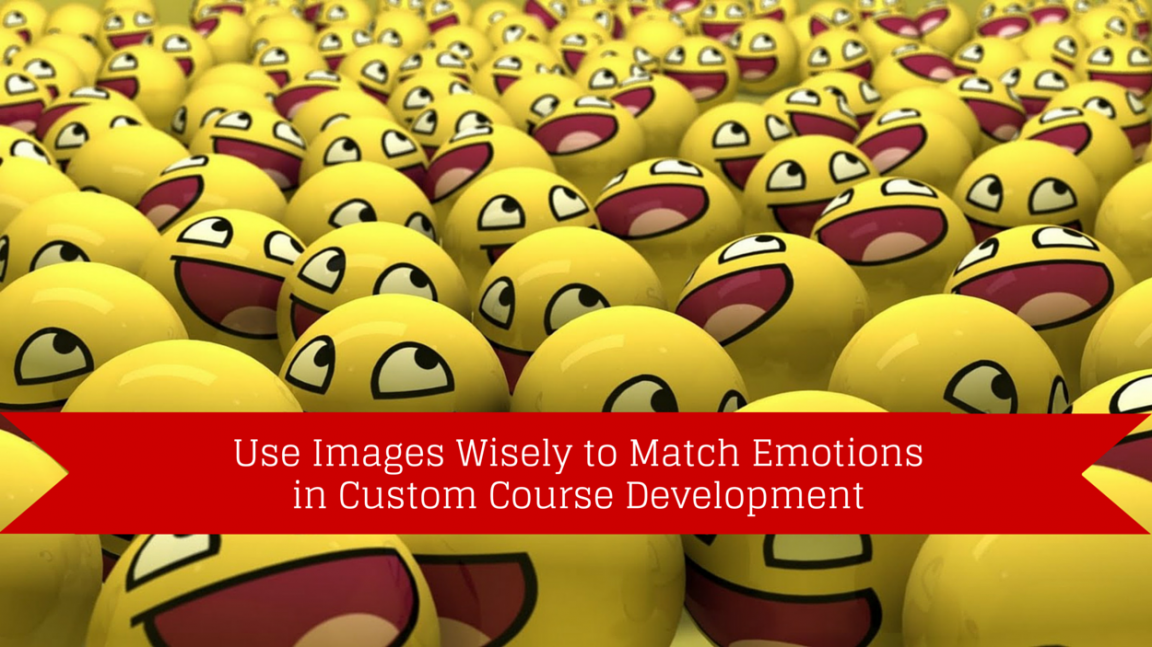The use of images in eLearning has grown substantially. They can be attractive and engage the learner. However, let’s take a step back and talk about images and emotions. Images can invoke powerful feelings in people.
We will show you some examples of how you can use images wisely. Please note that it is essential you use images to match the emotions of the course appropriately. If used out of context, you will confuse the learner and build false expectations as they move along the course. Also, you must never forget your target audience because images can trigger unexpected emotions in the eLearning audience.
According to us, these are the top 10 emotions which are commonly experienced.
| Positive Emotions | NegativeEmotions |
| Joy | Fear |
| Pride | Anger |
| Surprise | Disappointment |
| Delight | Sadness |
| Excitement | Frustration |
Positive Emotions
Creating or finding images for these emotions are easy. What you need to take care of is to ensure that if you are using a facial expression, ensure you use the right one. At times, it can be a bit tricky to differentiate between delighted and excited.
Positive emotions, when used effectively can trigger happy thoughts in the learner and give them a feeling of warmth and anticipation as to what to expect next.
Below are a few examples of how happy emotions can be expressed.
Joy
Relaxed
Surprise
Delight
Excitement
Negative Emotions
When it comes to negative emotions, tread carefully. Be very mindful of the image or images you are going to use in the course.
As stated earlier, images are powerful and the last thing you want for your learner to do is skip your course as they have found it too confronting. In the rare event you have to put something graphic, it is best to put a disclaimer on the slide before to warn the learner what to expect. Place a skip button so that they can miss that section if necessary and move on.
Recommended Reading: The Importance of Aims and Objectives in eLearning Course Development
Alternatively, you can use words or cartoons to describe negative emotions like shown in some of the examples below.
Fear
Anger
Disappointment
Sadness
Frustration
In conclusion, using images can definitely enhance your eLearning course. It is up to you to be creative and ensure that you create a course which is engaging but at the same time mindful of the learner’s ability to absorb the information in a comfortable environment. Therefore, it is critical to ensure you know who your target audience is. Even so, let common sense prevail as you do not want to hurt cultural sentiments if you are preparing a course for a very specific culture.
















